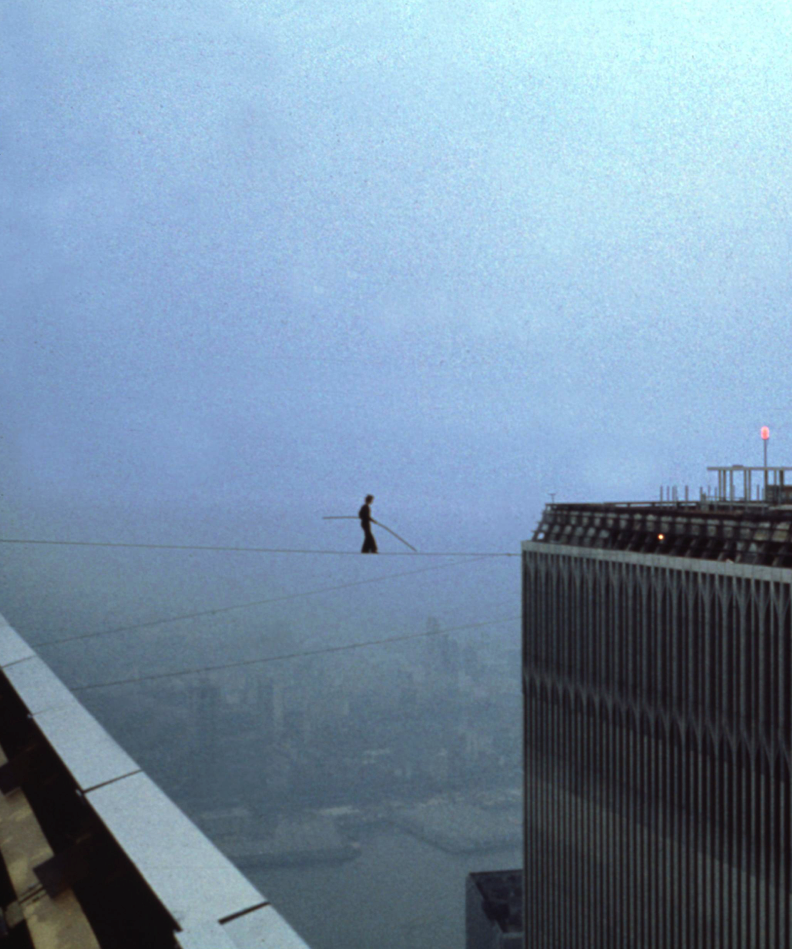The Politico-Aesthetics of Groundlessness and Philippe Petit’s High Wire Walk
Abstract
On August seventh, 1974 Philippe Petit spent forty-five minutes a quarter mile above New York City, walking on a wire suspended between the two towers of the newly erected World Trade Center (WTC). Only a handful of photographs attest to his early morning walk. His body, in some photos barely discernable as such, instead merely a smudge of black suspended in open air, is juxtaposed to the monumental façades of the newly completed towers. His body defies the possible, tracing with each careful step across the wire, a space caught somewhere between ground and air. This essay forwards a politico-aesthetics of groundlessness as a means of framing the relationship among performance practices, urban planning, and economic marginalization in the 1970s. His high-wire feat becomes a nexus point for discussing the mid-century master plan to re-vitalize Lower Manhattan (the centerpiece of which was the WTC) and the effects such large-scale development had upon the city’s increasing unemployment and ballooning debt. An analysis of Petit’s performance fits within a growing body of performance studies scholarship that focuses on the shifting economic landscape of the US in the 1970s, theorizing one way in which we might link his virtuosic performance to the economic instability of a rapidly changing nation. I turn to Petit’s high-wire walk as a means to examine how one negotiates the precarious space between, not only, ground and air, but also between revitalization and marginalization, a city’s master plan and artists’ strategic practices of infrastructural disavowal.
Downloads
Published
Issue
Section
License
Copyright for articles published in this journal is retained by the authors, with first publication rights granted to the journal. By virtue of their appearance in this open access journal, articles are free to use, with proper attribution, in educational and other non-commercial settings.
Manuscripts submitted to Performance Matters should be original works that have not been published elsewhere. Note that authors are responsible for obtaining permission to include copyrighted material in any article or review published in Performance Matters.

